Konica Minolta DiMAGE Z5
Review Date: April 25th 2005
|
Image Quality
All of the sample images in this Review were taken using the 2560 x 1920 image size with Fine quality, which gives an average image size of around 2Mb.
Noise
There are 4 ISO settings available on the Konica Minolta DiMAGE Z5 which you can select at any time. Here are some 100% crops which show the noise levels for each ISO setting:
ISO 50 (100% crop) |
ISO 100 (100% crop) |
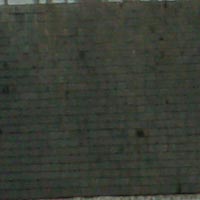 |
 |
ISO 200 (100% crop) |
ISO 320 (100% crop) |
 |
 |
The noise levels look fine at ISO 50 and 100, but some significant noise appears at ISO 200 and by the fastest speed of ISO 320 the quality is very poor.
Sharpening
Here are two 100% crops which have been Saved as Web - Quality 50 in Photoshop. The right-hand image has had some sharpening applied in Photoshop. The out-of-the camera images at the default setting of Normal are just on the soft side, with post-processing bringing out some extra detail.
Original 100% Crop |
Sharpened 100% Crop |
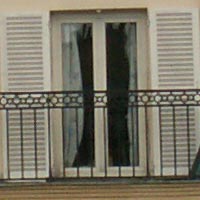 |
 |
 |
 |
File Quality
The Konica Minolta DiMAGE Z5 has 3 different file quality settings available with Fine being the best option. Here are some 100% crops which show the quality of the various options, with the file size shown in brackets.
|
Fine (2.04Mb) |
Standard (1.01Mb) |
 |
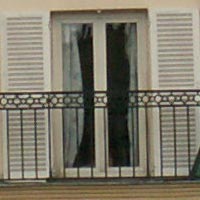 |
|
Economy (707.6Kb) |
|
 |
|
Chromatic Aberrations
The Konica Minolta DiMAGE Z5 handled chromatic aberrations very well. A few images out of all the test shots that I took exhibited limited purple fringing, although this unwanted effect did occur in some situations that you wouldn't expect it to, as in the statue in Example 1.
|
Example 1 |
Example 2 |
 |
 |
Macro
The Konica Minolta DiMAGE Z5 offers 2 macro settings, Macro and Super Macro. The Super Macro setting allows you to focus on a subject that is just 1cm away from the camera. The first image shows how close you can get to the subject (in this case a compact flash card). The second image is a 100% crop.
|
Macro Shot (click to view full-sized image) |
100% Crop |
Flash
The flash options on the Konica Minolta DiMAGE Z5 are Autoflash, Autoflash with red-eye reduction, Fill-flash, Slow shutter sync., Fill-flash, Fill-flash with red-eye reduction and Slow shutter sync. These shots of a white wall were taken at a distance of 1.5m.
|
Flash Off - Wide Angle (35mm) |
Flash On - Wide Angle (35mm) |
 |
 |
|
Flash Off - Telephoto (420mm) |
Flash On - Telephoto (420mm) |
 |
 |
And here are some shots of yours truly. The flash underexposed the scene by about 1/3rd of a stop of exposure. Both the Flash On and Red-Eye Reduction flash modes produced no discernible redeye.
|
Flash On |
Flash On (100% Crop) |
 |
 |
|
Flash - Red-Eye Reduction |
Flash - Red-Eye Reduction (100% Crop) |
 |
 |
Night Shot
The Konica Minolta DiMAGE Z5 maximum shutter speed is 4 seconds which isn't that great for night photography. The following example was taken using a shutter speed of 25 seconds with an aperture of f/11 at ISO 50. I've included a 100% crop of the image to show what the quality is like.
|
Night Shot (click to view full-sized image) |
100% Crop |
 |
|
Image Stabilisation
The Konica Minolta DiMAGE Z5 has a unique CCD-shift anti-shake mechanism, which allows you to take sharp photos at slower shutter speeds than other digital cameras. Konica Minolta claims up to eight times longer (3 stops). To test this, I took 2 sequences of 6 shots of the same subject with shutter speeds ranging from 1/200th sec to 1/8th sec, all handheld, with the lens set to a focal length of around 300mm. The first sequence was taken with image stabilsation turned off, the second with it turned on. Here is a 100% crop of the image to show the results.
| Shutter Speed |
Normal |
Image Stabilised |
| 1/200th |
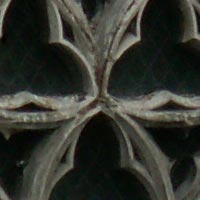 |
 |
| 1/100th |  |
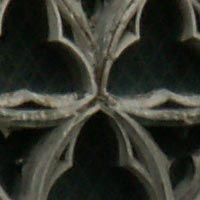 |
| 1/60th | 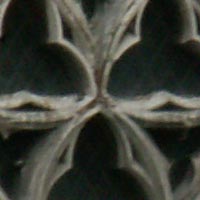 |
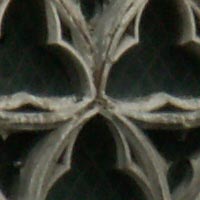 |
| 1/30th | 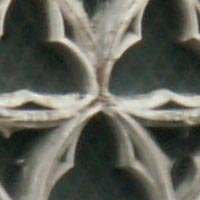 |
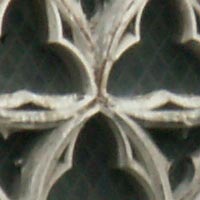 |
| 1/15th | 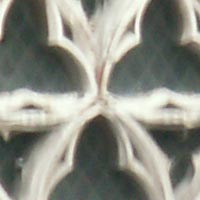 |
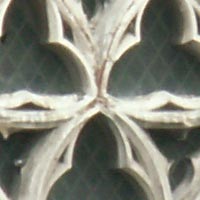 |
| 1/8th | 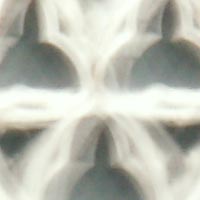 |
 |
As you can see, with image stabilisation turned off, I can just about handhold the camera and still obtain a fairly sharp shot down to about 1/100th second. With image stabilsation turned on, even 1/30th sec doesn't look too bad, especially compared to the same shutter speed with stabilisation turned off. This feature really does seem to make a difference and could mean capturing a successful, sharp shot or missing the opportunity altogether.
Overall Image Quality
The Konica Minolta DiMAGE Z5's 5 megapixel images were soft at the default sharpening setting of Normal, but you can either choose the Hard setting or alternatively do some post-processing in an image editing program to make them sharper. Noise was well controlled at the slowest ISO settings of 50 and 100, but it was obvious at ISO 200 and very apparent by ISO 320. The Konica Minolta DiMAGE Z5 exhibited few signs of chromatic aberrations, and when they did appear the effects were generally well controlled and not too noticeable. Macro performance was amazing, allowing you to focus just 1cm away from the subject, although shadow from the lens does tend to get into the shot. Night photography is limited by the maximum shutter speed of 4 seconds. Using the flash indoors produced fairly good results, with the red-eye reduction mode working well, although the camera did have a tendency to underexpose slightly. Finally, image stabilisation is a feature that sets this camera apart from its competitors and one that works very well when hand-holding the camera in low-light conditions or when using the telephoto end of the zoom range. High noise levels spoil an otherwise good performance from the Konica Minolta DiMAGE Z5.
|
 PhotographyBLOG is a member of the DIWA organisation. Our test results for the Konica Minolta DiMAGE Z5 have been submitted to DIWA for comparison with test results for different samples of the same camera model supplied by other DIWA member sites.
PhotographyBLOG is a member of the DIWA organisation. Our test results for the Konica Minolta DiMAGE Z5 have been submitted to DIWA for comparison with test results for different samples of the same camera model supplied by other DIWA member sites.



